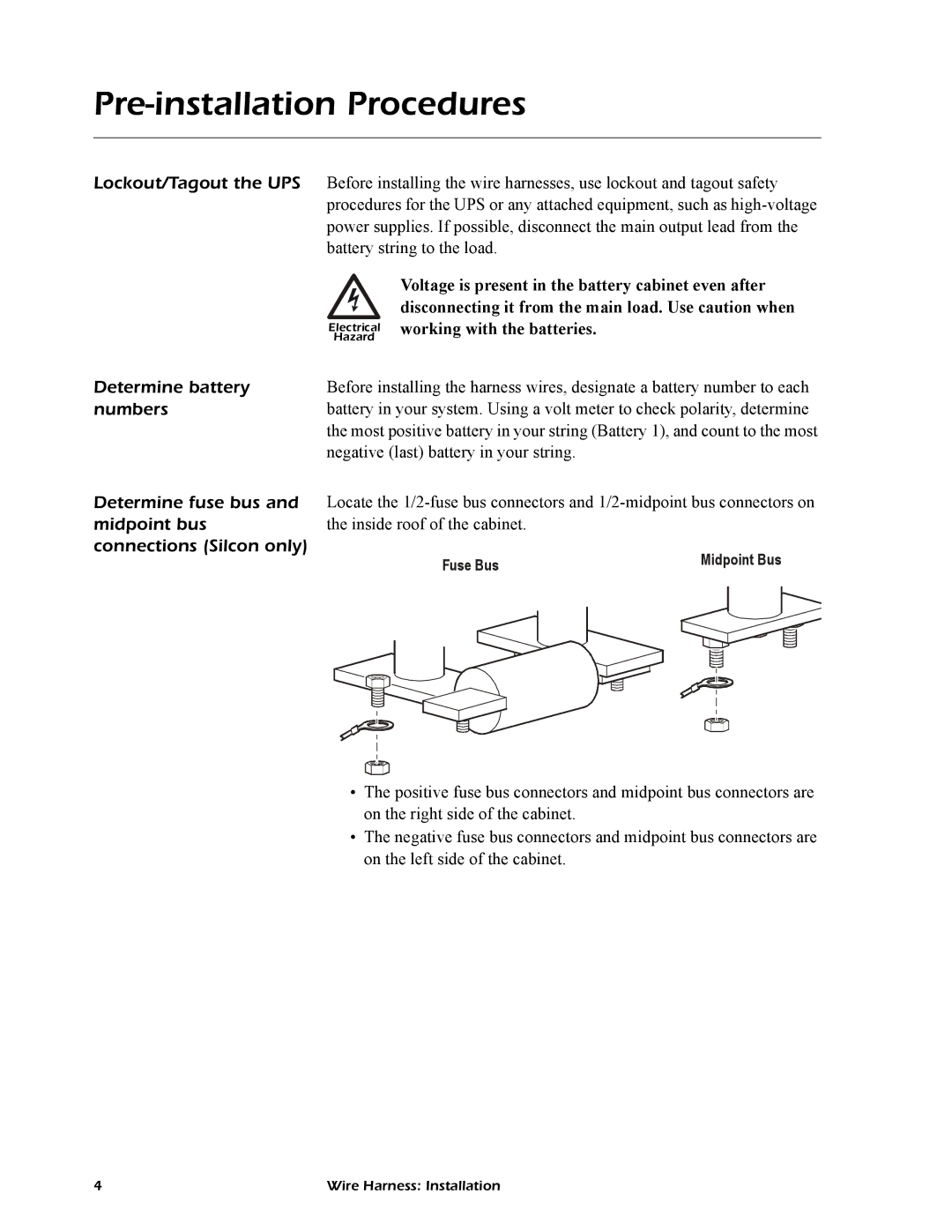AP9924, AP9926, AP9927 specifications
The APC AP9927, AP9926, and AP9924 are advanced rack mount power distribution units (PDUs) designed to enhance power management in data centers and IT environments. These devices provide crucial functionalities that help improve uptime, efficiency, and management capabilities of critical systems.Starting with the APC AP9927, this model is notable for its intelligent design and robust features. It offers 24 outlets with both C13 and C19 configurations, enabling versatile connections for a variety of equipment. The AP9927 also comes equipped with network management capabilities, allowing users to monitor and control power usage remotely via a web interface or SNMP protocols. This feature is particularly beneficial for tracking energy consumption and minimizing waste, aligning with sustainability goals. The device supports various input voltages, which makes it adaptable to different power requirements.
The APC AP9926 is similar in functionality yet offers distinct characteristics. It has an optimized outlet layout that improves accessibility and cable management within the rack. With 12 outlets, the AP9926 focuses on providing essential power distribution while maintaining flexibility for different configurations. The model supports a convenient LCD interface that displays real-time energy usage statistics, ensuring that administrators can make informed decisions regarding power consumption and load balancing.
On the other hand, the APC AP9924 is designed with a more compact form factor, providing efficient power distribution in small to medium-sized IT deployments. It features 12 C13 outlets and is available in both horizontal and vertical configurations, catering to various rack versus cabinet setups. One of the standout features of the AP9924 is its metering capabilities, which allow users to track individual outlet power readings. This granularity is useful for identifying potential overloads and managing power consumption effectively.
All three models leverage APC's advanced technology, including automatic voltage regulation and surge protection, ensuring that sensitive electronic equipment remains secure from power fluctuations. They also feature high-quality components designed for reliability and durability in demanding environments.
In summary, the APC AP9927, AP9926, and AP9924 represent a range of robust power distribution solutions catering to diverse needs in IT infrastructure. With their intelligent management features, energy monitoring capabilities, and reliable design, these PDUs play a vital role in enhancing operational efficiency and ensuring the continuous performance of critical equipment in data centers worldwide.

